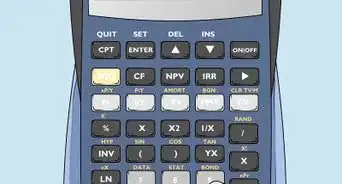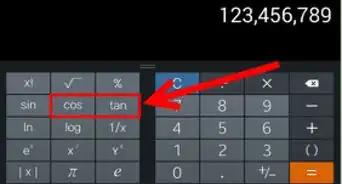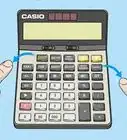X
wikiHow is a “wiki,” similar to Wikipedia, which means that many of our articles are co-written by multiple authors. To create this article, 11 people, some anonymous, worked to edit and improve it over time.
This article has been viewed 113,446 times.
Learn more...
Sick and tired of punching in all 5 or 6 steps to a complicated algebraic problem? Well, with programming, just program the calculator so the only thing left to do is put in the variables! Read on if typing in every single part of an equation is boring!
Steps
-
1Turn on the calculator.
-
2Press the "PRGM" button.Advertisement
-
3Press the right arrow twice and select the "Create New" option.
-
4Create a name for the program "Volume" For the entire example, some geometric volume formulas will be used as examples. Press Enter.
-
5Press "PRGM" again, and a menu should come up. Press the right arrow once and under option #3, there will be "Disp". This stands for Display. It should go back to the main programming menu.
-
6Press "ALPHA" and then "+" to get a quotation mark. Afterwards, type "Volume" by pressing "2ND" and then "ALPHA" to lock typing mode. Then put another quotation mark after that. Hit Enter. The screen should look like this: PROGRAM:EXAMPLE :Disp "Volume"
-
7Put another "Disp" by following the directions that are two steps above this current step. Put another quotation mark and then type "1 CYLINDER". It should be the same as the example above, only with ":Disp "1 CYLINDER"" below that.
-
8Let's move on to the equation. If more formulas are needed, follow the same steps just put the objects name instead of cylinder and put the numbers in order. Press Enter. Push the "PRGM" key at the menu to bring up another menu. Scroll down to #9 and select it. #9 should be Lbl. After that is done, type in K so that line should look like this: ":Lbl K". Press Enter.
-
9Press the "PRGM" key again and press right once to get to the I/O menu. Scroll down and select #1 which should be "Input". Then put "W" after the space in between "Input" and "W". Press Enter.
-
10Hit "PRGM" (just push this key until told otherwise, but afterwards, go back to using the "PRGM" key to get your items needed.), and then hit enter, which will select "If". Type "W=1" after "If" to get "If W=1". Press Enter and find "Then" in the CTL menu section of the "PRGM" key. Yet again, press Enter.
-
11Find the "I/0" section and select "ClrHome". Press Enter. Put in "Disp "Radius"". Press Enter. Then select "Input" and type "R" after it to look like "Input R". Press Enter. Select "Disp" and type in "Height". Press Enter. Find "Input" again, and type "H" so it will look like this: "Input H". Press Enter yet again.
-
12Put in the formula "Pi symbol*R"squared"*H store to A"
-
13Finally, type in "Disp A" and press enter. In this last line, find "End" in the "PRGM" button menu and it is #7 in the first section which is "CTL". Then press "2ND" and then "MODE" right next to it to exit.
-
14Press "PRGM" again to get a list of programs. On there should be the name of the program that was just created. Highlight it and press enter. You should go back to the very first calculator screen and it should say "prgmEXAMPLE(obviously the name of the program, not Example)". Press enter again and watch the program unfold!
-
15Type in 1, by the "?" at the bottom of the screen, and it will show a menu that asks for the radius, put it in, then it will ask for the height, put it in, and it will give the answer. Congratulations, the program is now finished!
Advertisement
Community Q&A
-
QuestionIt keeps giving me a syntax error when typing 1 next to the question mark. What can I do?
 Community AnswerAfter your syntax error, hit "2:Goto" and it will take you to the error in your program. Check that your statement is correct as follows. :Input W :If W1 :Then (followed by the rest of the tutorial at that point).
Community AnswerAfter your syntax error, hit "2:Goto" and it will take you to the error in your program. Check that your statement is correct as follows. :Input W :If W1 :Then (followed by the rest of the tutorial at that point).
Advertisement
Warnings
- Beware of other programs that are running, as one of them may change the results of the equation.⧼thumbs_response⧽
Advertisement
About This Article
Advertisement
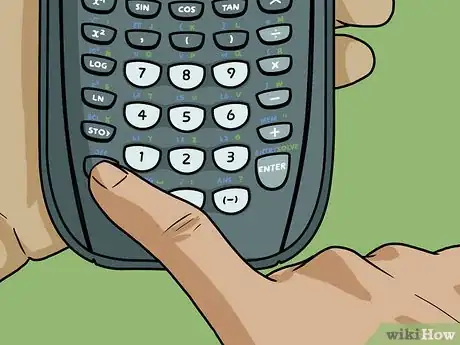
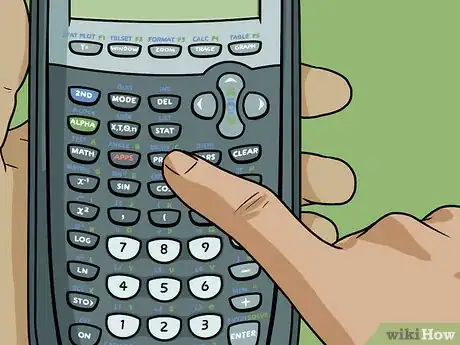
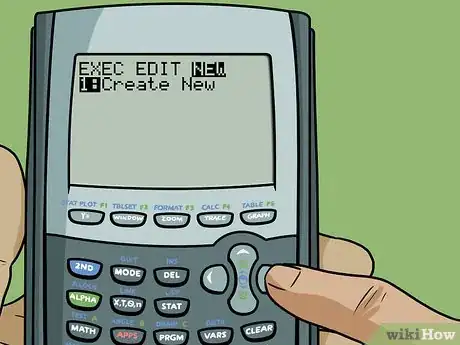

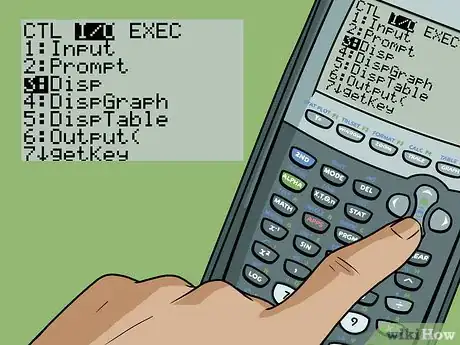
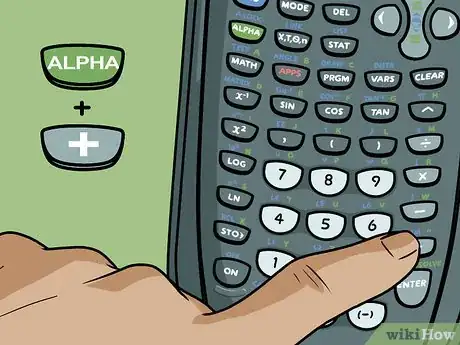

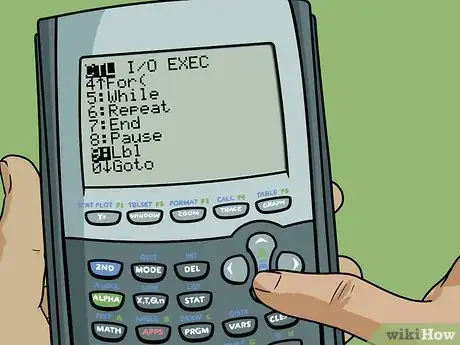


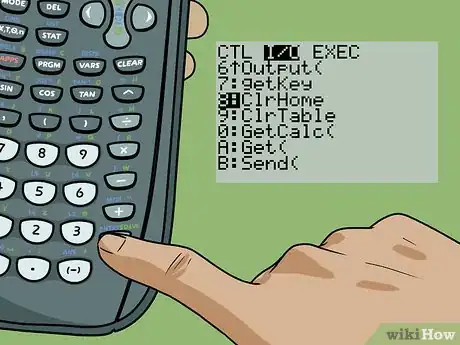
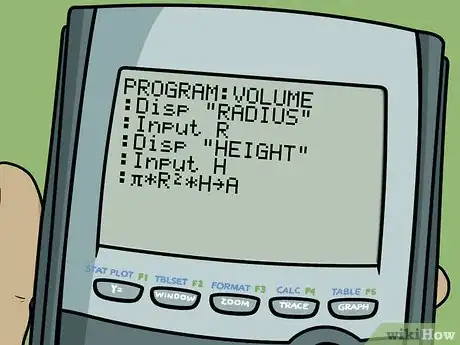
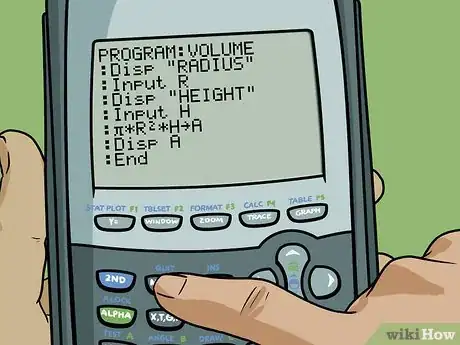
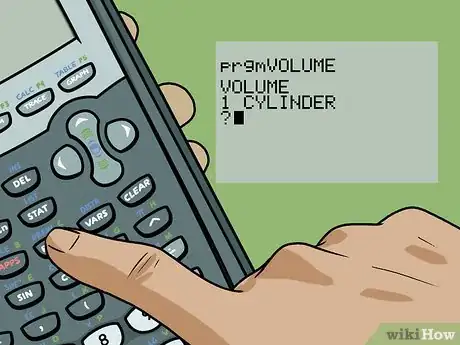



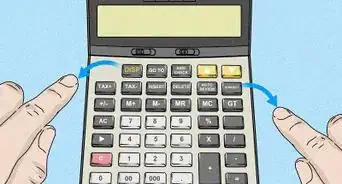
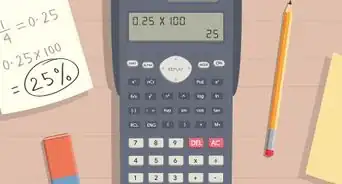
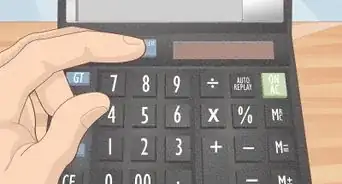


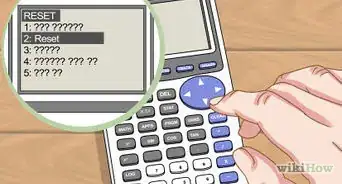

-on-an-Android-Calculator-Step-6.webp)


